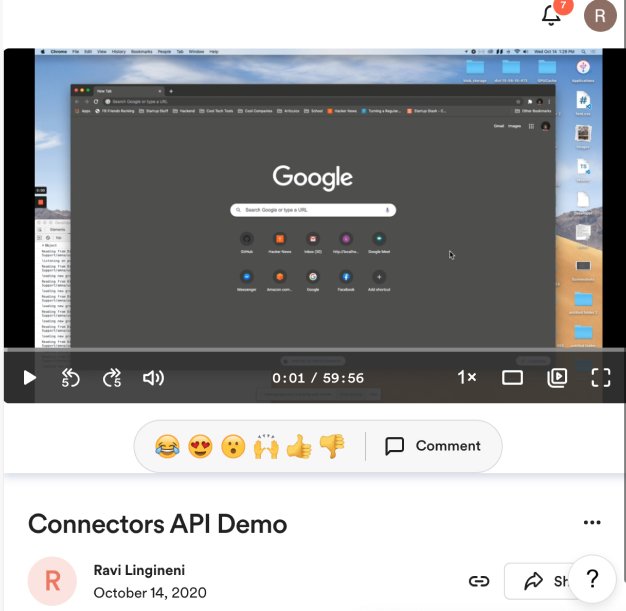When I first started working on my startup, I wanted to do some hiring to help me build the product faster.
Armed with a little bit of savings, I had two paths in front of me, either hire one-person as a part-time contractor, or leverage 15 UT Dallas Senior Design Students.
The need for projects
I hadn't considered the second path at first. However, with the Covid pandemic, the school had a need for projects, and I was still in touch with director for the program, so there was mutual enthusiasm to get some teams. And the price to get 15 folks was less than I had to spend with one
Senior designs students are like interns. They get a grade in class, and in return companies provide projects.
My thinking was with three teams, and a total group size of 15, even if two people were extremely good, that could mean a lot of progress on the product in a short span of time.
As most of the students did not have a large amount of professional experience, there was also a downside that we wouldn’t make any progress. A calculated risk per se.
Though I had worked on teams before, this was a crash course in managing them.
Thoughts on Interns
If you’re thinking about hiring interns, here are a few things that I learned. But likely applicable outside of interns as well.
-
Have a clear scope and direction to execute
People can make business impact in two ways. Be really good at a skill. Be really good in a space. If you’re good in a space, you’re likely good at multiple skills.
Intern work is focused on skills. They aren’t tied strongly enough to a business to really understand the space. So to maximize your time with them, creating an environment where they can really master a skill will help deliver results.
One of the projects I had for a team was API integrations. A shared service to call productivity APIs together. It was decoupled from the primary day-to-day. The work was repetive enough where everyone had a chance to master their ability to work with REST APIs and learn about new paths. The team, once having learned the skill, could knockout multiple integrations after a while.
-
Stay Accessible
One thing that bothered me was when people would wait till our next scheduled meeting to ask a question to unblock themselves.
Is there a stupid question?
On the leadership side, you'll realize that there really is no such thing as stupid question. Since we want to keep the ship moving, time lost waiting is time not spent making progress.
Sometimes, it can feel icky when you’re the lone leader, and people aren’t as comfortable reaching out.
So I learned that by opening up times, and periodically checking into how things were going, people were more open to saying when they were stuck.
A tool that was helpful in the process was Tandem. A Slack alternative. It made it easier to feel everyone’s presence.

Tandem made collaboration faster
-
Writing Avoids Confusion
Remote work helped in two ways, one everything should be written out. Number two, everything can be recorded.
Writing made discussions and deliverables super clear. If someone misses something, they can always read it later.
I also found it helpful to record teaching sessions. This meant that I wasn’t spending a lot of time re-teaching the same workflows.

Loom made it easy to record and save sessions for later
-
Interns Leave
The very nature of interns is that they will leave after a period of time.
A mistake I had made was assuming the motivations of my team were aligned with mine. I was looking out for business success, whereas, my interns were looking to gain experience and get hired.
Knowing that the road ends can change the way people approach work. I knew I didn’t have the budget to hire 15 people.
Hindsight 20/20
Hindsight 20/20, at an early stage startup, it would have been easier to pick a full-time hire that was looking for a longer commitment. This is where an internship at a big company and small company differ
Parting thoughts
The biggest thing for an intern is growth. So expecting a set of work to be completed doesn’t always account for what they need to learn to get that done.
It also taught me that when looking for people for hire for the future, try to understand their learning journey and how it fuels their experiences.
